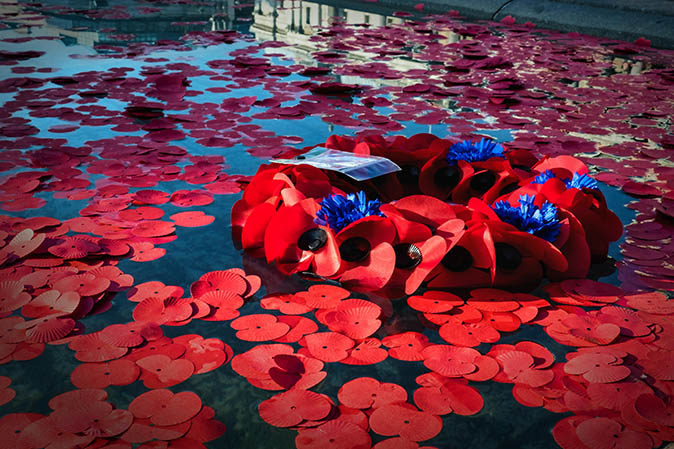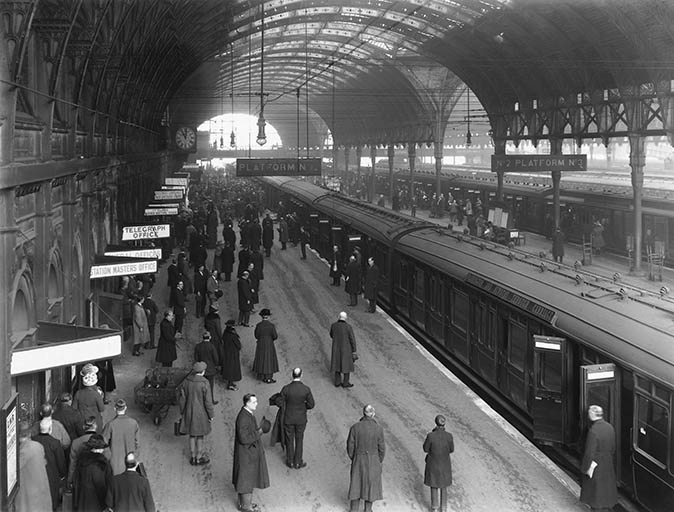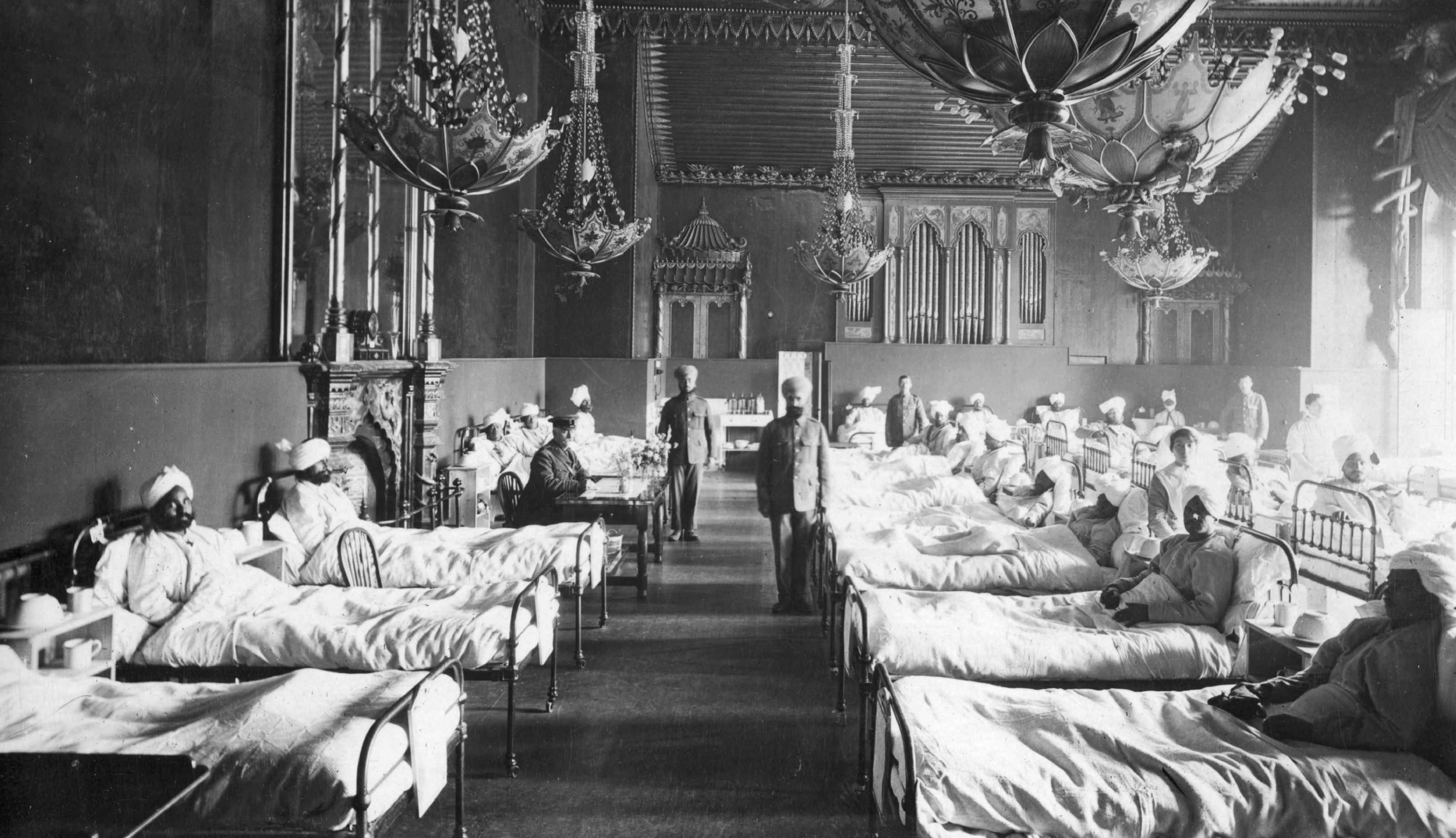Curious Questions: When did we start observing a silence in remembrance of the victims of war?
The tradition of holding a two-minute silence to remember those who gave their lives in war dates back to 1919, when a suggestion put to King George V sparked a tradition which persists to this day.

Just before half past five on the morning of November 11, 1918, the leaders of the Allied and German armies signed the Armistice to declare the ceasefire that ended the First World War.
The end of the war had long been coming. Almost six weeks earlier the German Supreme Army Command had told Kaiser Wilhelm II that their chances of victory were gone; the intervening time had witnessed some negotiation, a little backtracking, and eventually acceptance of ceasefire on all sides. The collection of generals and admirals who met in Marshal Foch's personal train carriage at Compiègne agreed that as of 11am, hostilities would cease.
Almost unbelievably, at least from our modern perspective, the fighting continued in those few hours – there were over 11,000 casualties on November 11, with almost 2,800 deaths, far more than on a 'normal' day on the Western Front. The last British soldier to die, at 9.30am that day, was a 40-year-old career soldier who had been involved since the first battle at Mons, over four years previously. The last Frenchman to be killed was delivering a message to the front line telling the men that they could expect hot soup after the 11am ceasefire. The last American to be killed was charging a German machine gun position; the German soldiers are believed to have shouted at him that the war was about to end, but when he kept a going a burst of fire ended his life.
The French were so appalled by such senseless deaths that they backdated the death dates of their hundreds of final day casualties; all those graves record the date of November 10 instead of November 11.

The day of the Armistice itself sparked scenes of euphoria and joy, but as time passed the senselessness of those millions of deaths began to provoke a very different response. Edward Honey, an Australian-born war veteran working as a journalist at London's Evening News, had been particularly disturbed by the thought that celebration might trump reflection, and wrote a piece in May 1919 suggesting a five-minute silence to remember the fallen.
The idea didn't immediately take hold, but neither was it forgotten and a few months later it was put to the Cabinet and King George V by Sir Percy Fitzpatrick, who had served as High Commissioner in South Africa during the war where similar silences had been observed.
‘Silence, complete and arresting, closed upon the city,' read Sir Percy's memo. 'Only those who have felt it can understand the overmastering effect in action and reaction of a multitude moved suddenly to one thought and one purpose.’
Exquisite houses, the beauty of Nature, and how to get the most from your life, straight to your inbox.

The King agreed, and after a test run – to which Honey was invited – decided that the silence to remember what he called the Great Deliverance should last for two minutes. Huge crowds gathered around the temporary Cenotaph as wreaths, sent by the Royal Family and others, were laid at its base. A gun rang out across London, and the entire city stopped, as a soldier told The Guardian at the time:
'At eleven o'clock I chanced to be at Oxford Circus. It was a most impressive moment. There was a loud detonation, and immediately the restless traffic was silent, every male head uncovered, and all flags on the house-tops slackened in the leech until they were half-mast high. I have never before assisted in a pause so reverent. It was possible to gauge the thoughts of the crowd. Many themselves had served, and will have been flung back, like the writer, to the memory of those fine fellows with whom they had lived in the closest union until the fatal scythe of war snatched them away.'
A new tradition had been born.


Ten stately homes which became hospitals during the First World War
To mark 100 years since the end of the First World War, The Royal British Legion draws our attention back
Toby Keel is Country Life's Digital Director, and has been running the website and social media channels since 2016. A former sports journalist, he writes about property, cars, lifestyle, travel, nature.

